Looking at Göbekli Tepe, the 11,500-year-old complex in Upper Mesopotamia might be the most stunning sites in human history. An Archaeologist from Tele Aviv University and the Antiquities Authority has been using the algorithm-based analysis to the architectural layout of the complex which is considered the oldest known temple. It’s not considered a basic construction of oddly placed structures but a very well-planned complex with underlying geometric patterns.
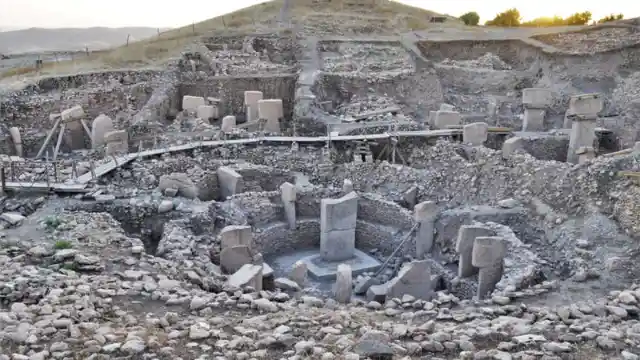
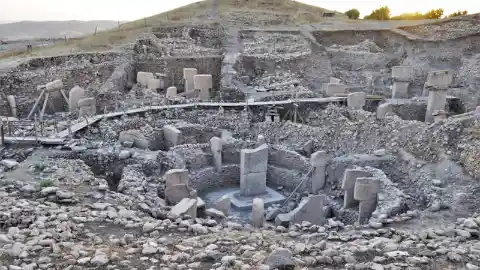
All of this is considered a major feat if you take into consideration this sprawling temple complex was constructed approximately 11,500 years ago before the development of agriculture and approximately 6,000 years before the construction of Stonehenge!
Their newest findings have been recently published in the Cambridge Archaeological Journal.
Göbekli Tepe is considered the oldest known architectural moment and continues to be surrounded in controversy and confusion among archaeologists. The complex sits on the mountainside along the Fertile Crescent in what is now known as modern Turkey. It’s made up of numerous structures and monuments, some being ornately decorated with carvings and sculptures of animals. This complex was built during the Neolithic age somewhere between9,600 and 8,200 BCE.
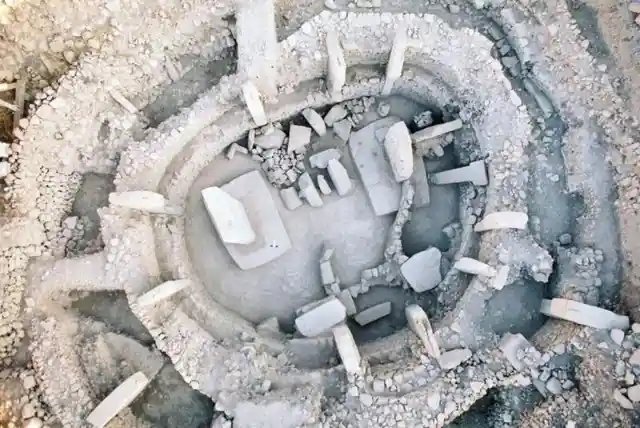
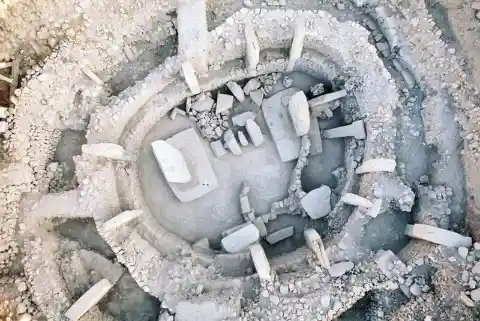
The time during this construction is considered incredible as it suggests it was built by hunter-gatherers before the arrival of agriculture and certainly thousands of years before the development of complex monumental architecture. It’s also considered to hold ritual significance.
It has been widely believed that structures like this could not have been achieved until after a society could master agriculture but Göbekli Tepe has obviously proven that not to be true.
Professor Avi Gopher, from TAU’s Department of Archaeology, said Göbekli Tepe is an archaeological wonder.
Considering it was built with enormous features, round stone structures, and monumental stone pillars that are up to 5.5 meters or 19 feet high and there is no evidence of farming or animal domestication at the time, it’s been believed it was built by hunter-gathers. Even then, its complexity is pretty unusual for these people.
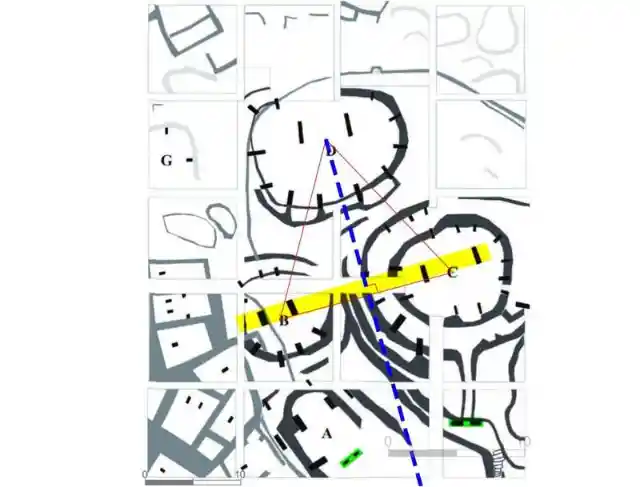
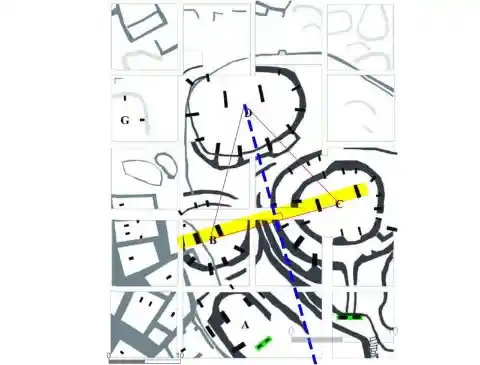
Further research has shown the construction of the site would require considerable planning abilities, organization, and knowledge. On top of that, it would take a firm grip of geometry in order to create the floor plan. Research has also shown that the geometric shape is no coincidence. The complex regularly used rectangular architecture and square shapes which were not commonly used by Stone Age people but instead characteristic of early farmers in ancient Levant.
According to Gil Haklay of the Israel Antiquities Authority believes the findings suggest a major architectural transformation during this period which would require knowledge and processes that would have to be carried out by specialists.
The most basic methods of architectural planning were developed in Levant in the Late Epipaleolithic as part of the Natufian culture and the early Neolithic period. Our research indicates the methods used in planning, abstract design, and organization of patterns were being used during this period of human history.